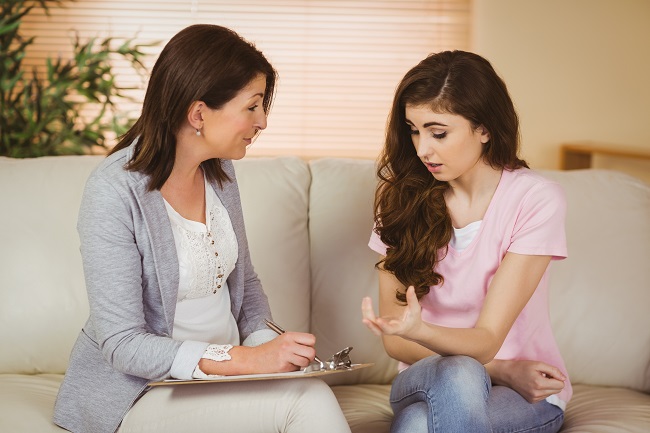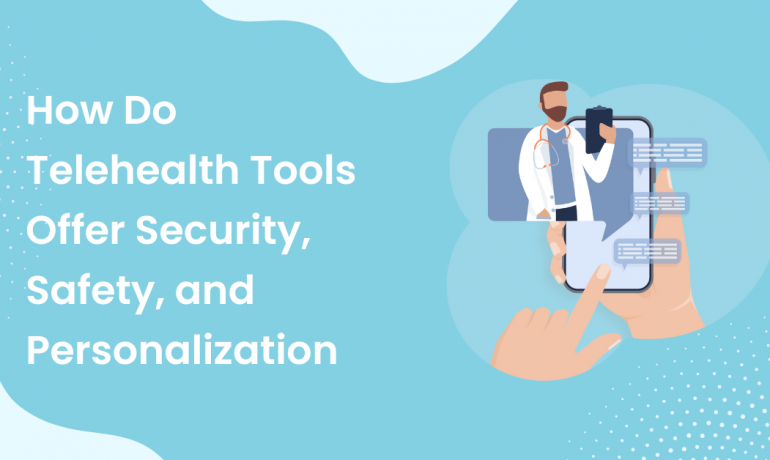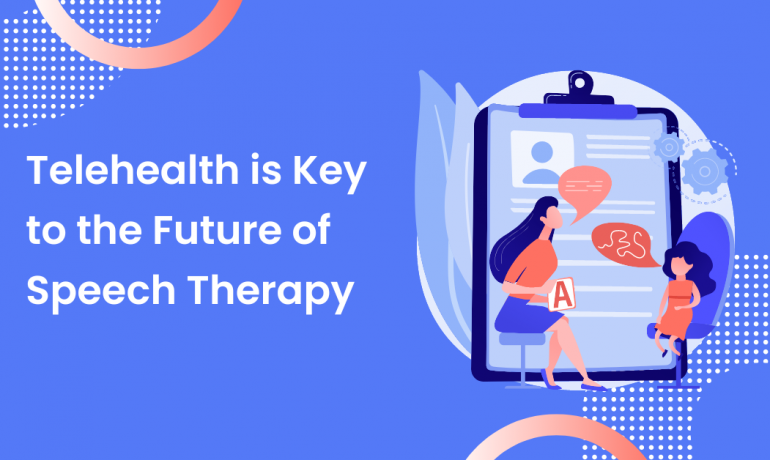In studies conducted over the past decade, mental health experts have observed an alarming increase in mental health issues amongst adolescents aged 10-19. Children from this age group suffer significantly from poor mental health issues such as anxiety and depression. With the mental health crisis increasing among adolescents and the problems stemming from COVID-19, teletherapy becomes a relevant and leading solution to providing the care that the youth needs.
The benefits of teletherapy are lauded and advocated by leading experts and many patients who use telehealth for both their mental and physical care. With the difficulties, stress, and anxiety intensified by both international and national conflicts like Covid-19, preexisting mental health issues are exacerbated among young adolescents. Because of lockdowns and issues tied to the aforementioned events, children and teenagers are left in isolation often feeling solutions are unattainable. But with teletherapy and its widespread use, adolescents will be able put their mental health first.
A Rise in Mental Health Issues
Since the mid-2000s, studies show that approximately 20% of adolescents have a diagnosable mental health disorder, and even on a global scale, 1 in 7 10-19-year-olds experience some sort of underlying mental health issue. The rise in mental health issues amongst the youth coincided with the rise in the use of technology like hand-held cellphones, text messaging, and social media. However, evidence is inconclusive if technology and social media is the leading cause of mental health issues among 10-19-year-olds.

Whatever the case, exposure to consistent social media like Instagram, Snapchat, and TikTok give cause to explain the heightened vulnerabilities in children and teenagers. The circulation of information, disinformation, and content are fast and broad and it’s undeniable the influence of social media in recent years on 10-19-year-olds who are still forming their internal and physical image. Additionally, poor living conditions, poverty, domestic abuse, violence, and discrimination within communities contribute to poor mental health among the youth.
Understanding the Need for Therapy Amongst Adolescents
More often than not, adolescents are not able to receive the mental health care that they need in order to grow and live healthy and confident in their abilities and self-image. It is estimated that 70% of adolescents do not seek mental health care and therapy because of a lack of access, support, money, or fear of the social stigma that comes with having mental health issues. It’s important to recognize the need to implement care and help for adolescents who sorely need it.
Additionally, between 20% and 30% of adolescents have one major depressive episode before they reach adulthood. The need to bring therapy to this age group is great because as time goes on, these issues will develop into something that is debilitating and destructive. Care is what adolescents need in order to grow into the adults that they want to be and teletherapy can give them that in a time when the need is greater than ever.
The Effectiveness of Teletherapy
Even before COVID-19 propelled the greater population to look for alternative (often remote) medical care, many people took advantage of the benefits that teletherapy offers. Many adolescents are busy with work, school, and extracurriculars to attend in-person therapy sessions so teletherapy offers a greatly needed solution. Teletherapy is also more accessible in general with ways to bring care to even the most remote of places and even cost-effective.





